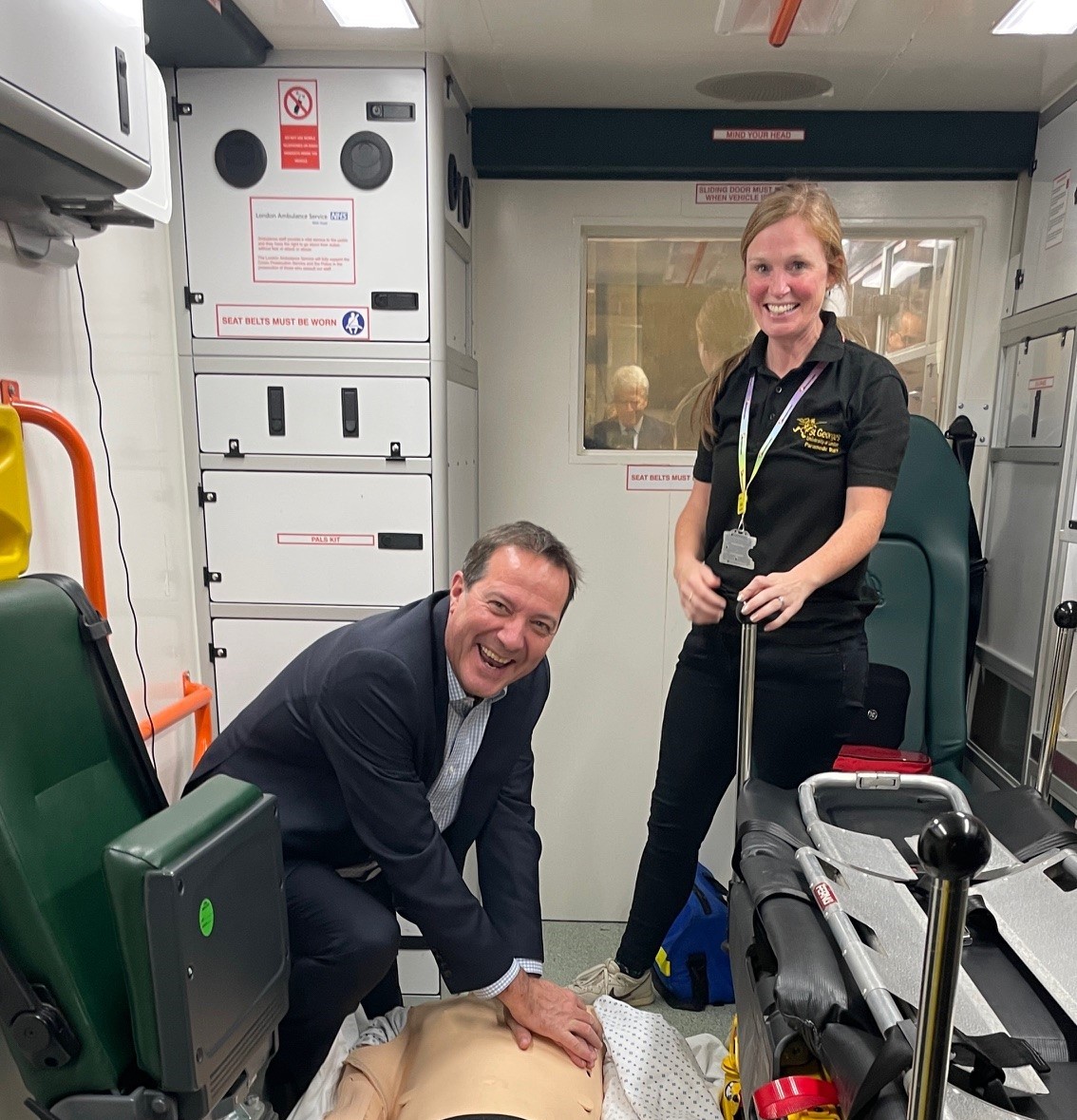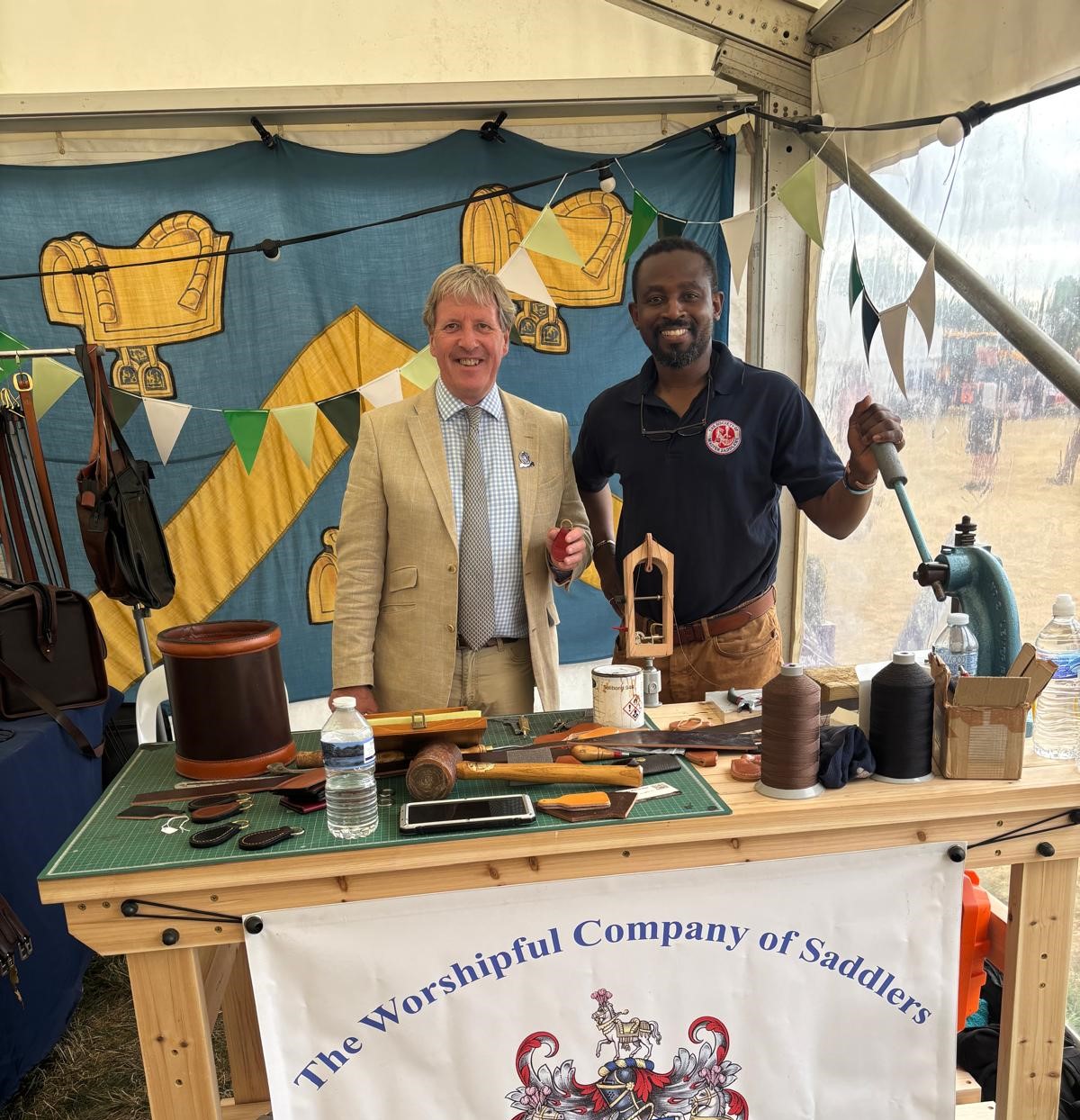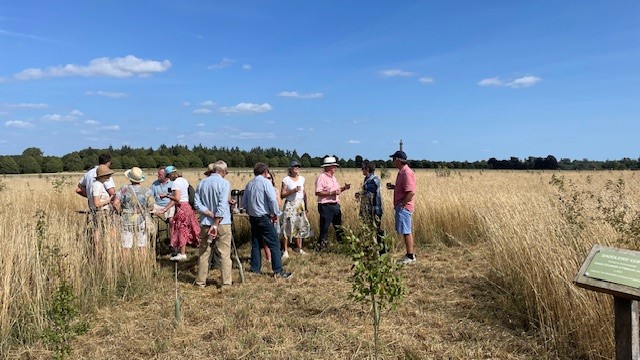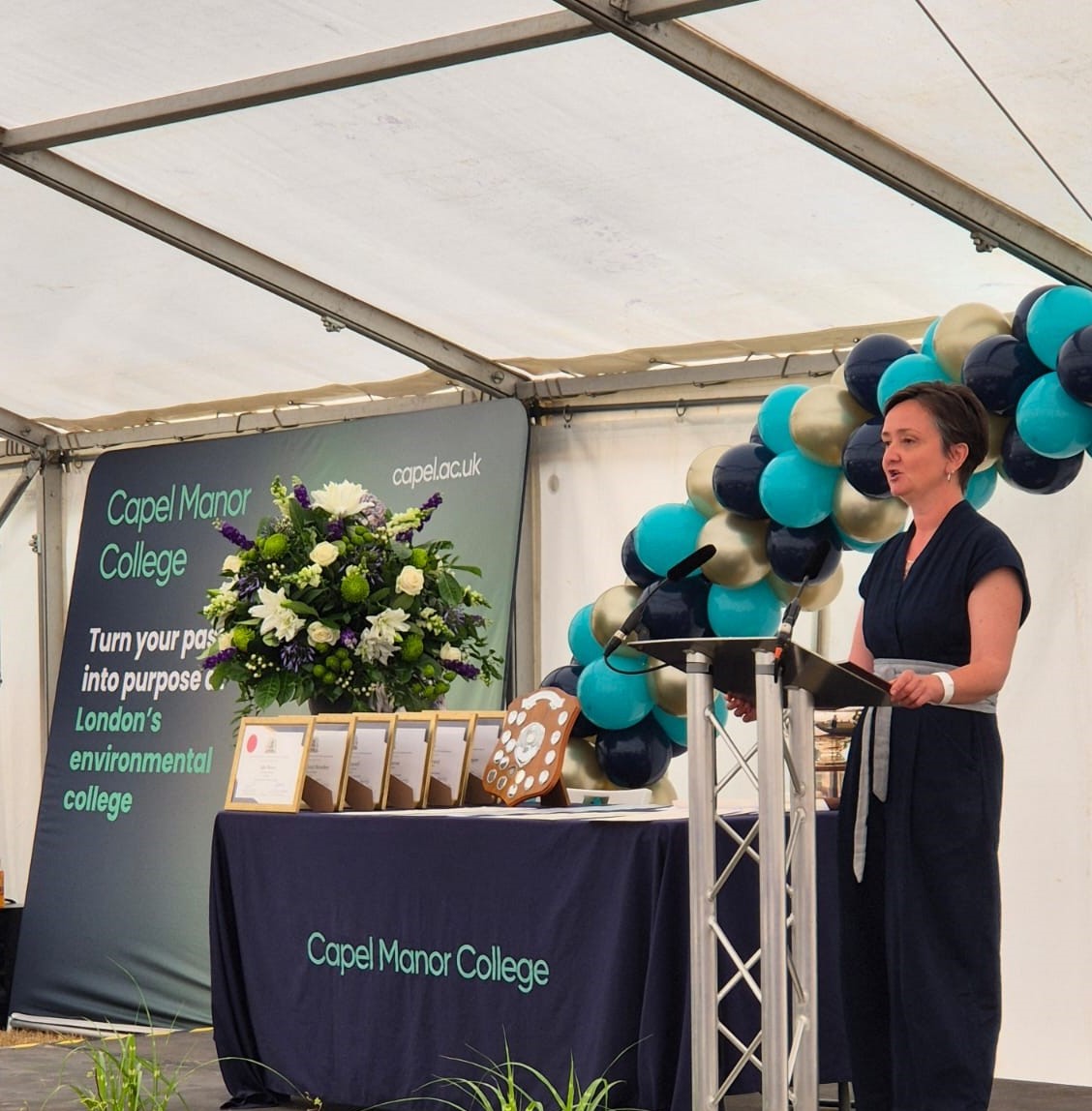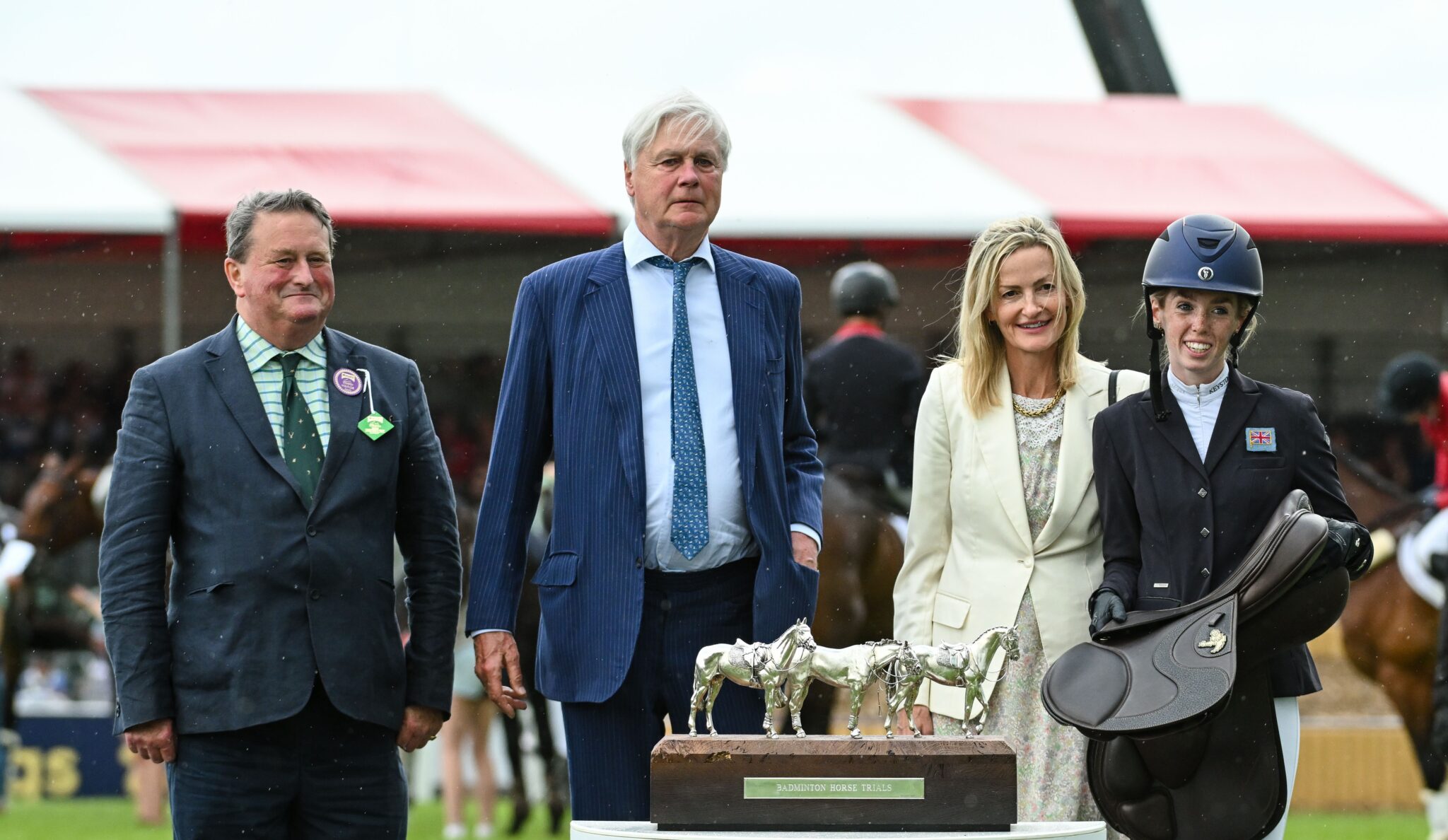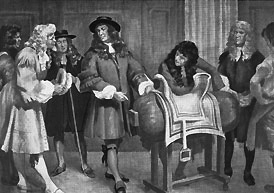The Livery
Origins
The livery companies of the City of London, currently numbering 110, comprise London’s ancient and modern trade associations and guilds, usually styled the ‘Worshipful Company of…’ their respective craft, trade or profession. Livery companies originated in the 12th century: in 1155, the weavers of the Square Mile were granted the necessary charter to form a guild. Guilds arose as craftsmen who shared trades tended to live and work near each other, and so formed merchant associations in order to better regulate their trade and to ensure high standards of quality. Great emphasis was also placed on the thorough training of apprentices. Moreover, resulting from this attention to regulation, process and education, quality standards were kept high, benefitting the local consumer.
The number of guilds grew rapidly until the 14th century: in 1515, an order of precedence was established, the 48 existing liveries receiving royal charters. As such, the liveries grew in size and influence in the following centuries. Testament to this extended period of success for the livery companies are the Halls which they built within the Square Mile. These were the physical spaces where the Livery companies existed, going about their business, meeting travelling merchants as well as members of other liveries at these halls. Many were destroyed in the Great London Fire of 1666 and during World War Two, however 39 companies maintain their historic halls today. The term livery came originally from the sophisticated, non-military uniform which Liverymen or Freemen (both members of liveries) wore in an effort to stand out from other livery companies and their members.
From the 17th century onwards, the livery companies struggled to remain in competition, as they were confined to the Square Mile, and so could not enjoy the cheaper economic advantages of moving away from London. The industrial revolution only hindered the liveries’ cause, with the development of chemical manufacturing and iron production processes, the increasing use of steam power and water power, a new reliance on machine tools and the rise of the mechanized factory system all making the market too competitive for the Square Mile-bound liverymen.
Revival and modern relevance
A rigorous attitude towards training and education was always a part of the liveries’ ethos. And this focus on education was essential to their revival.
From 1870s onwards the livery companies shifted their focus towards education, this best exemplified in their help establishing the City and Guilds Institute in 1878. Since then various research-based funds and prizes have been set up to reward their most innovative, ground-breaking members. Nowadays, many sponsorships are also available to support companies with educational value.
Moreover, there has been an increasing focus on the importance of care and protection for the more elderly members of the liveries, in keeping with the traditional livery ethos of supporting the local community.
There exist more than 100 liveries today, all relating to different industries but sharing the values of trade, education, charity and fellowship within the community they represent, and between communities. Moreover, livery companies have taken on a greater charitable role in recent decades. Indeed, yearly, the charitable dimension of their combined enterprises amounts to over £75m.
Relationship with the City of London
The livery companies and the City of London have enjoyed a long, close and extremely effective working partnership, sharing objectives, supporting excellence and together promoting the Square Mile. The court of the City of London historically was the arbiter for new livery requests, and still is today. Furthermore, until the reform act of 1832, livery companies exclusively held the vote for the Members of Parliament for the City of London. Finally, each Lord Mayor of the City of London must still belong to one of the 110 existing liveries.
This partnership between the City of London and the Livery Companies is fostered through a dedicated committee, the Livery Committee, which strengthens these ties, as well as constantly seeking new ways to enhance joint initiatives for the future.
The Wardens
The positions of Master, Wardens and Officers of the Worshipful Company of Saddlers ensure the Company’s smooth running and are currently held by the following people:
| The Master: | HRH The Princess Royal GCVO |
| Prime Warden: | Mr. Edward Bullen |
| Key Warden: | Mr. Mark Romain MBE |
| Quarter Warden: | Ms. Alexandra Mackaness |
| Renter Warden: | The Revd Canon Andrew Haviland |
| Clerk: | Brigadier Philip M.L. Napier OBE |
| Beadle/Hall Manager: | Mr. Keith Marsh |
| Chaplain: | The Revd. Richard Phillips |
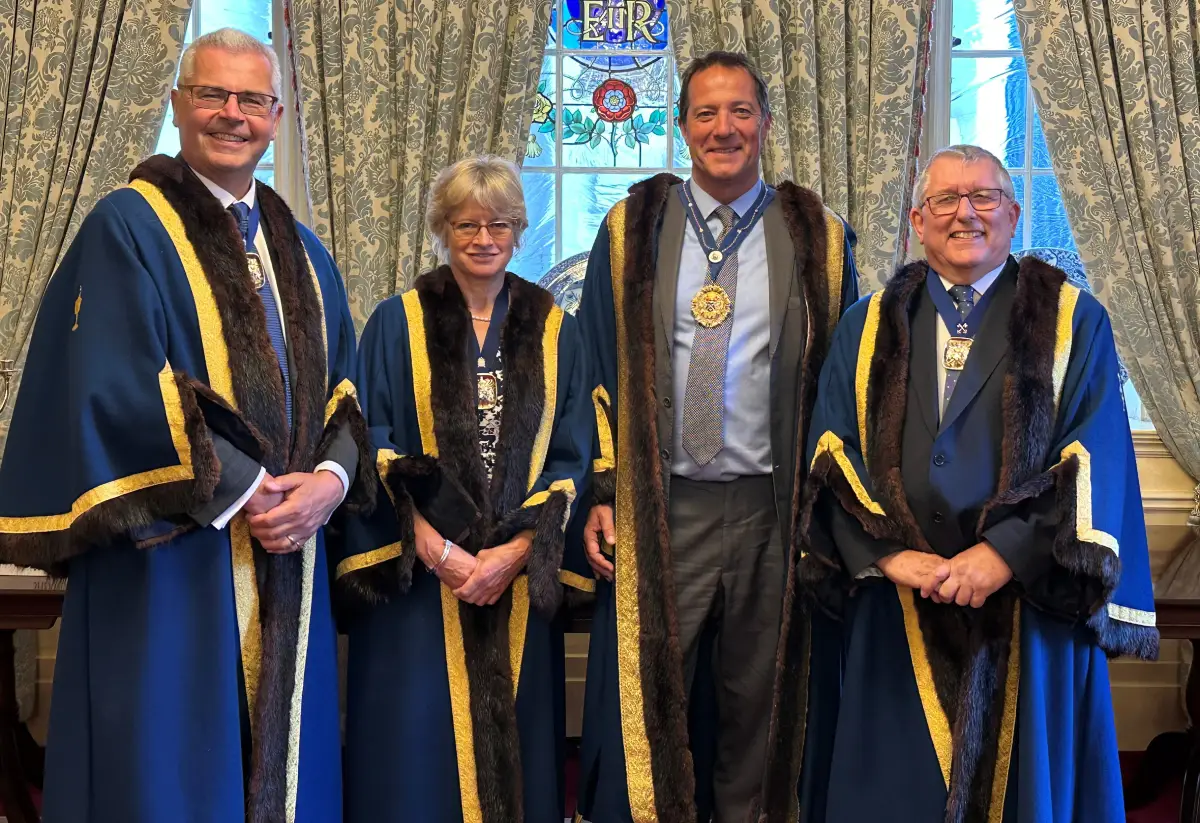


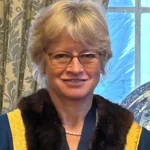

Officers of the Company
The three officers of the Company were established by the Charters as the need for them arose.
The Chaplain: Although reference is made to “N the chaplain” in the 12th century document recording the agreement between the Saddlers and the Canons of St. Martin-le-Grand, the office was authorised in the Charter of Richard II in 1395. The Chaplain’s principal duties today are to conduct informal prayers prior to each Livery Quarter Court and to preach the Election Day sermon. The Chaplain’s appointment is an honorary one to which he or she is nominated by the Master.
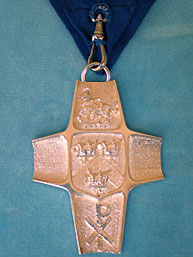
The Beadle: The office of Beadle appeared not long after that of the Chaplain, when the Wardens required a tipstaff to execute their orders to the members and to maintain discipline among the sometimes unruly Freemen and Liverymen. Today the Beadle is the Company’s ceremonial officer, responsible for administering aspects of the Freedom and Livery, liasing with Guildhall and the Chamberlain’s Court, and for the day to day administration and running of Saddlers’ Hall, not least the hiring out of the Hall to outside organisations.
The Clerk: The office of Clerk was established in the 15th century when the Court found it necessary to keep accounts and records of the Company’s business. The Clerk is the Company’s principal officer and Chief Executive, responsible for the conduct of all aspects of the Company’s business and the management of its affairs. He is the adviser on precedent, protocol and ceremonial. He acts as secretary to the Court, its committees and working groups. His staff are responsible to him for the efficient conduct of those aspects of the Company’s administration which are delegated to them.

